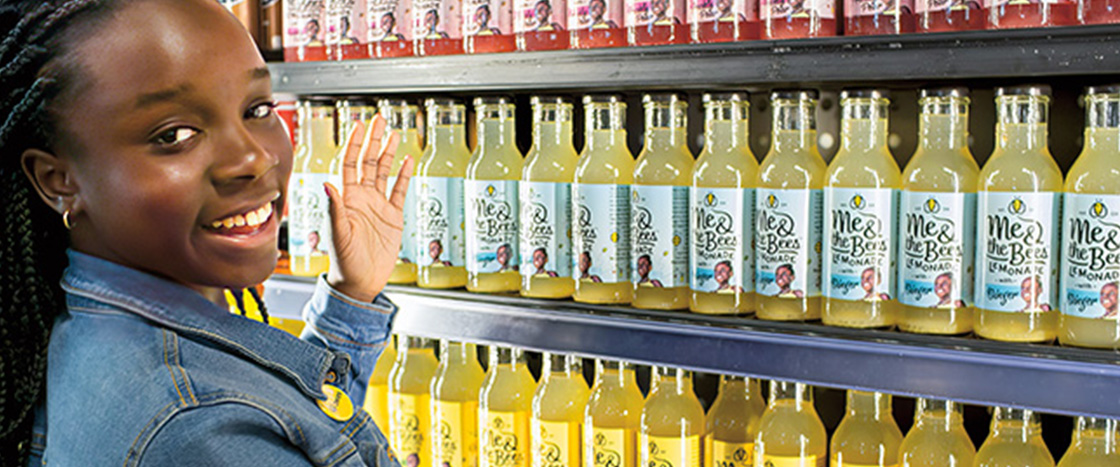When Mikaila Ulmer was 4 years old, she was stung by bees. “I became terrified of them,” she says. Mikaila’s parents had her learn about bees to overcome her fear. She learned that our food supply relies on bees, but many species are dying out.
That same summer, Mikaila was looking for a way to earn money. She flipped through a cookbook her great-granny had given her and found a recipe for lemonade. Mikaila decided to make and sell that lemonade, but with a special ingredient: honey!
When Mikaila Ulmer was 4 years old, she was stung by bees. “I became terrified of them,” she says. Mikaila’s parents told her to learn about bees. They thought it would make her less afraid. She learned that bees are an important part of growing the food we eat. But many species are dying out.
That same summer, Mikaila was looking for a way to earn money. She flipped through a cookbook her great-granny had given her. In it, she found a recipe for lemonade. Mikaila decided to make and sell that lemonade. But she made it with a special ingredient: honey!

